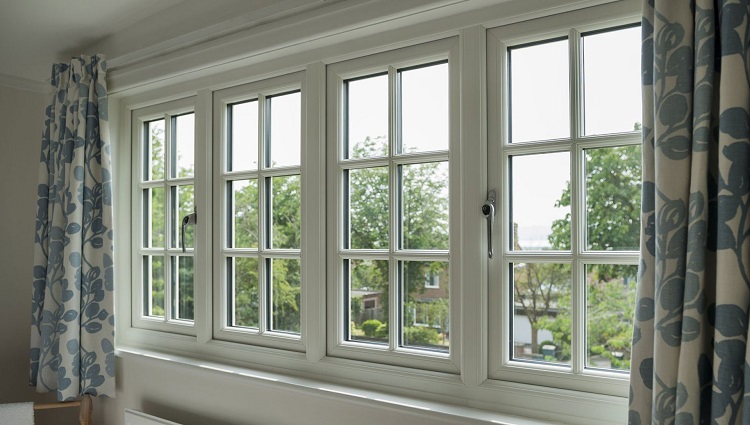Benefits of uPVC Windows

uPVC windows and doors are ideal for every climatic condition and result in providing a cozy and comfortable atmosphere in your house. uPVC windows and doors have efficient thermal insulation resulting in minimum heat lose in Winters and reduce heat gain in summers . The glazing is also of utmost importance for good thermal values, also contributing to a substantial energy saving.
LOW MAINTENANCE
uPVC window frames don’t need painting or sealing which significantly reduces the maintenance required over their lifetime. They are easily cleaned with water and detergent.
TOUGH AND DURABLE
uPVC is a very durable material used in water and sewer pipes for at least 100 years. Vinyl windows are so durable that the vast majority of them installed over the past 25 years are still in use. Good quality uPVC windows and doors are tested for ultraviolet resistance to ensure they won’t fade in the harsh Australian sun.
ROT RESISTANT
uPVC does not rot and is resistant to corrosion.
THERMAL COMFORT
Unlike metals, uPVC is non-conductive meaning its use in window frames does not transfer heat and therefore contributes to a more consistent internal temperature for a building. The combination of uPVC window frames and double glazing makes for highly energy efficient windows.

OPENABLE TILT AND TURN
uPVC window systems allow for opening in two directions to enhance the ability of taking advantage of natural cross ventilation.
ACOUSTIC INSULATION
Double glazed uPVC windows and doors are able to cut down noise by as much as 70%.
RESISTANT TO SALT EROSION
uPVC is resistant to corrosion caused by salt-laden air making them ideal for coastal properties.
BUSHFIRE PERFORMANCE
Double glazed uPVC windows can be used in Australia in areas where risk is zoned as Bushfire Attack Level 29kW/m2 (BAL 29). Some uPVC windows have been tested to withstand BAL 40.
HIGH SECURITY
uPVC windows incorporate multi-locking systems providing a high level of security for homes or businesses. Most uPVC window locking systems lock at multiple points all around the sash and frame.
RECYCLABLE
uPVC can be recycled as often as 10 times. Where they have been commonly used for the past 30 years, such as in Europe, uPVC windows and doors can be – and are – recycled at the end of life. Although very little end-of-life uPVC windows are presently available for recycling in Australia, Australian industry programs are committed to keeping uPVC out of landfills, putting it back into new products. The off-cuts from uPVC window fabrication are already being collected in some states for recycling.